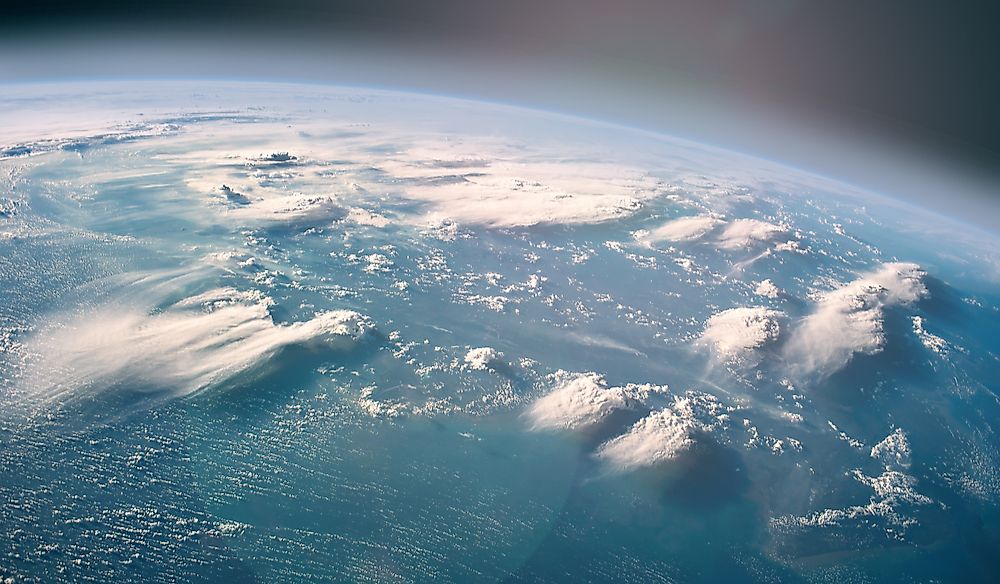Why Is Earth A Watery Planet?

Earth is the third planet from the sun and the only object in space that supports human life. Radiometric dating states that the earth was formed 4.5 billion years ago. It is usually called “Watery Planet” because most of its land area is covered by water. Earth is among the few exoplanets in the universe as it possesses liquid water.
Why Is Earth A Watery Planet?
Approximately 71% of the earth's surface is covered by water. As a result, it is fondly referred to as the “Watery Planet,” “Blue Marble,” and “Blue Planet.” Water exists in three forms: ice, liquid, and gas. Continental glaciers or ice sheets permanently cover about 10% of the earth, concentrated in Greenland and Antarctica. Liquid water exists in lakes, oceans, rivers, springs, and rocks among others. However, it also exists in the form of clouds that cover about half of the earth. Water in the form of gas exists in the atmosphere of the earth.
Water is believed to have originated from the collision of meteors and comets billions of years ago. More specifically, these intense and destructive collisions took place 3.9 billion years ago resulting in the creation of the present oceans and atmosphere. While the oceans have salty water, the earth receives fresh water from the sky in the form of rains.
Water Movement on Earth
The water cycle is responsible for the movement of water from one point on earth to the other. Water movement is also caused by the tectonic plates which cause volcanic and metamorphic activity. These plates are associated with the formation of the earth’s seven continents: Asia, Europe, Oceania, South America, North America, Africa, and Antarctica. In addition, volcanic eruptions regularly extract gases and water from rocks found in the earth’s interior. Seawater flows through fractured volcanic rocks.
Significance of Water
Water’s sole significance on earth is to support life as it sustains the lives of both humans and other living things existing on earth. Human beings utilize water for various purposes such as cooking, washing, recreation, farming, drinking, and sports. As a result, humans consume billions of gallons of water daily. Besides water being an essential component in their environment, human bodies also depend on water for survival. Scientists have discovered that two-thirds of the human body is composed of water. Thus, the earth’s rich and diverse life forms rely on abundant water.
Sources of Earth’s Water Supply
Almost all water on earth is contained with the world's oceans, five interconnected oceans. Other bodies of water include rivers or lakes, springs, rocks, and rock holes, excavated dams, wells, and aquifers. Aquifers are freshwater reserves found underground.
The Sustainability of Water in the Future
Globalization and global warming have greatly affected the usage and availability of water on earth. Since globalization has led to increased farming, to feed the increased earth’s population more water is required for human existence. Besides, the lifestyle of the 21st-century people demands more water than was needed in the past. Statistics indicate that some cities have to pump about 504 billion of water across 27,000 km to provide water for households, companies, and commercial residential premises. Global warming has resulted in climate change leading to either scarcity of rains or excess rains that cause natural disasters like flooding, cyclones, and tsunamis. The Global Environment Facility (GEF) is a body that was formed in 1992 during the Rio Earth Summit. At the core of its objectives is the future water sustainability. Thus, it engages countries in discussions aimed at addressing unsustainable use of water, planting tree campaigns, conservation of water, and protection of the environment.











